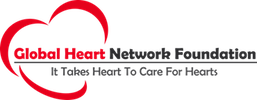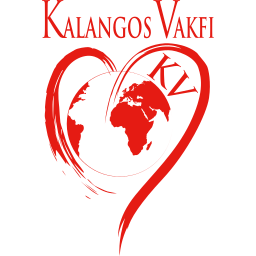Hearts for all”: a humanitarian association for the promotion of cardiology and cardiac surgery in developing countries
Afksendiyos Kalangos, MDa, Email the author MD Afksendiyos Kalangos
PlumX Metrics
DOI: https://doi.org/10.1016/S0003-4975(01)03228-3
To the Editor
I read with interest the article of Cohen and colleagues [1], reporting a project which aims to train medical staff, treat patients with congenital heart disease, and promote the development of local centers in developing countries. I would like to congratulate them as well as the other organizations implicated, for the noble task they accomplish.
Our institution has been involved for more than 30 years in the care of children suffering from congenital or acquired heart disease, thanks to the collaboration of a Swiss foundation “Terre des Hommes,” which refers these cases from certain African countries to our institution. Up until now, over 6,000 children have been sponsored and treated at the University Hospital of Geneva. However, for some time, the policy of humanitarian medicine has shifted away from transferring children to some host countries towards taking care of them in their local environment. An essential issue concerning this transformation is determining the type of organization that will deliver care focused on adequate treatment of patients, and also restructure usually inadequate infrastructures, and local human and financial resources. Moreover, I have observed that our role in humanitarian missions has also been shifted away from health-care providers towards health-care managers. In 1998, we modified our humanitarian vision according to these new demands of developing countries and created the humanitarian association “Hearts for All” in order to better shape the medical future of countries requesting our partnership. Requests usually come from countries that have failed to prevent rheumatic fever or are unable to screen congenital malformations before birth. An important population of patients accumulates and increases considerably every year, obliging health authorities to shift more resources from the prevention of disease to the promotion of infrastructures in local curative units. Irrespective of their suffering and unfair predicament, such patients impose a social and economic cost, which could be dramatically reduced if heart surgery and catheterization were available. In some developing countries, the presence of physicians trained in pediatric cardiology, anesthesiology, and particularly those trained in cardiac surgery increases the incentive to take care of these patients in their own local environment.
Currently, a new concept is evolving in humanitarian medicine: the creation of reference institutes where specific medical care can be provided under a single complex. For 3 years, we have cultivated this concept in Maputo, Mozambique together with different associations and have succeeded in creating a Heart Institute where I had the honor of initiating the first surgical mission. Since then, every month, cardiological and surgical missions are carried out by teams affiliated with these associations, and will continue until the Heart Institute is fully autonomous. The Institute is equipped with medical diagnostic units, an intensive care unit, operating theaters, and a research center. It will also be a training center for physicians, surgeons, anesthesiologists, and cardiologists for Mozambique and neighboring countries with the initial assistance of European associations. Moreover, a telemedicine program is under way, which will facilitate concrete actions throughout Mozambique and neighboring countries, and enhance expertise via contacts with European experts. Our association is now trying to create another similar regional reference institute between Togo, Benin, and Burkina Faso.
In conclusion, I believe that the future of humanitarian medicine resides within native countries where a new generation of enthusiastic and motivated practitioners await the challenge of treating their children themselves.
Source:https://www.annalsthoracicsurgery.org/article/S0003-4975(01)03228-3/fulltext





